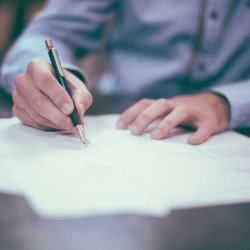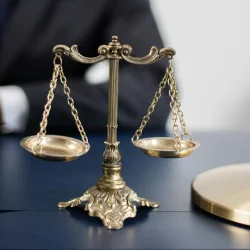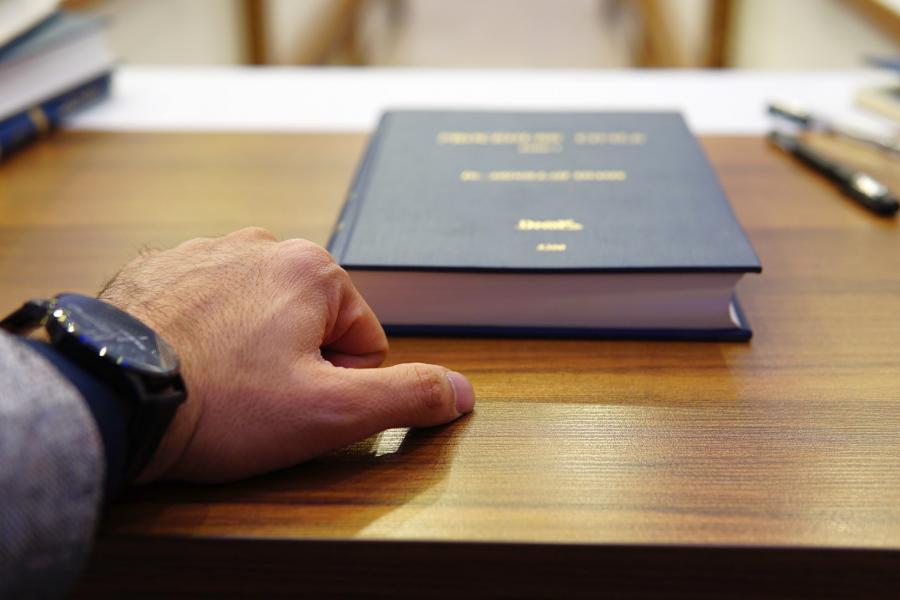Distracted Driving: Can You Prove It in an Accident Claim?
In our fast-paced, digital world, distracted driving is becoming an increasingly significant problem. And unfortunately, the resulting collisions can be life-altering.
To pay for property damage and medical treatment, victims of distracted driving accidents deserve compensation. But despite it being a common factor in car accidents, proving distracted driving isn’t as straightforward as you may think. While possible, doing so requires strong evidence and the right approach.
What constitutes distracted driving?
Distracted driving is a lot more common than most people realize. It isn’t just sending a text or checking your phone; it could be eating a snack, peeking down at your GPS, or talking with a passenger.
Indeed, any non-driving activity that takes your attention away from the road is considered distracted driving. This is because failing to notice changes in traffic conditions or missing important signals may delay your reaction time and put you at risk of an otherwise avoidable collision.
The Challenge of Proving Distracted Driving
Though distracted driving is common and can contribute to accidents, it’s very difficult to prove when making a claim. Unlike other forms of negligent driving, such as speeding or driving under the influence, it’s challenging to collect evidence that demonstrates the driver was unfocused and that their distraction directly contributed to the accident.
After all, distractions like daydreaming or looking at something on the side of the road are a lot harder to prove. Due to a lack of direct evidence, prosecutors and plaintiffs may have to rely on circumstantial evidence, which is much more difficult to build a strong legal claim.
Gathering Evidence to Support Your Claim
Even if you strongly suspect that another driver’s distraction contributed to your collision, proving so can be difficult. That said, it isn’t impossible. Several types of evidence can help your case:
Admissions of Guilt
While rare, some drivers may openly admit to being distracted. Particularly in the immediate aftermath of the collision, they may try to explain why they didn’t see your vehicle, inadvertently disclosing a distraction.
Witness Testimonies or Visual Evidence
Eyewitnesses, pictures, and videos are valuable for proving fault in any car accident, but they’re particularly helpful in cases where the driver was noticeably distracted.
Crash Reconstruction
Accident reconstruction experts can provide insights into factors that could have contributed to a collision. For distracted driving, they may consider evidence like delayed braking or important signage near the accident.
Cell Phone Records
Phone records can help show whether a driver made a call, sent a text, or was using their phone during an accident. However, obtaining these records can be legally complicated, and the records may not conclusively prove distraction on their own.
Police Statements
If you get into a car accident, it’s important that you call the police immediately, regardless of what factors contributed to the collision. They will conduct an initial investigation and create an official accident report. If they uncover any evidence of distracted driving, they will note it in the report.
Legal Considerations and Implications
Distracted driving may be challenging to prove, but if you succeed, it could significantly influence the outcome of your case. Since distracted driving is illegal, the at-fault driver may face criminal charges or fines and be held responsible for any losses or harm.
Building a Successful Accident Case
Gathering evidence is key to building a successful case against a driver who you believe was distracted. However, navigating all of these details while simultaneously recovering from an accident can be overwhelming. If you want to assemble a strong claim, work with a qualified attorney to help you with each step.
More to Read:
Previous Posts:







